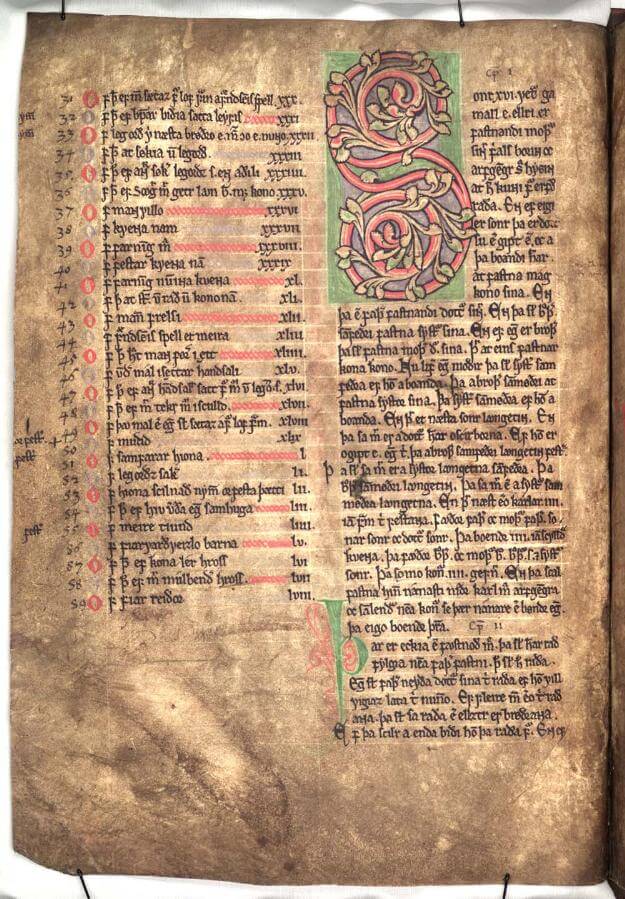How Editing Transforms the Text: The Case of Medieval Icelandic Law

W dniu 13 marca o godzinie 18.00 w ramach Centre for Scandinavian Studies Seminar Series dr Patricia Pires Boulhosa (Cambridge) wygłosi referat pod tytułem How Editing Transforms a Text: The Case of Medieval Icelandic Law.
Aby otrzymać link do spotkania na platformie Teams należy wypełnić formularz.
Link do wydarzenia na Facebooku.
Abstrakt
The laws of medieval Icelandic collectively known as Grágás are recorded in two large manuscripts, Konungsbók (ca. 122,000 words) and Staðarhólsbók (ca. 137,000 words), dated to the mid-thirteenth century, and a small number of fragments (ca. 4,500 words). There are also recordings of parts of the laws in later manuscripts.
Our understanding of the nature of these laws depends on how we interpret inherent qualities such as the coherence and extension of the texts, the relation between the texts, the arrangement of the text on the page, their production (who wrote them down, what they were recorded from), textual flexibility and variability, how the texts relate to each other, and so on. If an article does not appear in K but appears in S, for example, does it mean it is “missing” in K? There are as many answers to this question as there are ways of understanding the nature of the laws.
Only a few edition of Grágás have been made available to the academic public since the nineteenth century; perhaps the most influential edition to our own contemporary readership is the English translation by Dennis, Foote, and Perkins. Although this edition is based on Finsen’s nineteenth-century edition, it understands and presents the texts as more fluid than Finsen’s. Editions, as long as it is possible to understand their workings, transform the texts and in an ideal world should be as plentiful as musical interpretations of classical pieces by Bach, Beethoven, Brahms etc. Working on a new edition of Grágás with Már Jónsson, and having (to start with) my own understanding of the laws, I have learned and unlearned many things, which I would like to share in this seminar.
